Creativity can be learned from "summary" of The Creative Curve by Allen Gannett
Many people believe that creativity is a mysterious gift bestowed upon a chosen few, a magical spark that cannot be taught or learned. However, this is a common misconception. In reality, creativity is a skill that can be developed and honed through practice and deliberate effort. The idea that creativity can be learned is supported by scientific research and empirical evidence. Studies have shown that creativity is not an innate ability, but rather a set of cognitive and behavioral skills that can be acquired over time. By engaging in activities that stimulate the creative parts of the brain, such as brainstorming, experimenting, and problem-solving, individuals can enhance their creative abilities. One key factor in learning creativity is exposure to a wide range of ideas and experiences. By expanding your knowledge and understanding of different subjects and disciplines, you can increase your creative potential. This concept, known as "associative thinking," involves making connections between seemingly unrelated concepts to generate new and innovative ideas. Another important aspect of learning creativity is practice. Just like any other skill, creativity requires consistent effort and dedication to improve. By setting aside time for creative activities, such as writing, drawing, or brainstorming, individuals can strengthen their creative muscles and develop their ability to think outside the box. Additionally, seeking feedback and constructive criticism from others can help individuals identify areas for improvement and refine their creative work. By learning from both successes and failures, individuals can gain valuable insights into their creative process and make adjustments accordingly.- Creativity is not an innate talent reserved for a select few. Instead, it is a skill that can be cultivated and developed through practice, exposure, and feedback. By embracing a growth mindset and committing to continuous learning and improvement, individuals can unlock their creative potential and achieve greater success in their creative endeavors.


